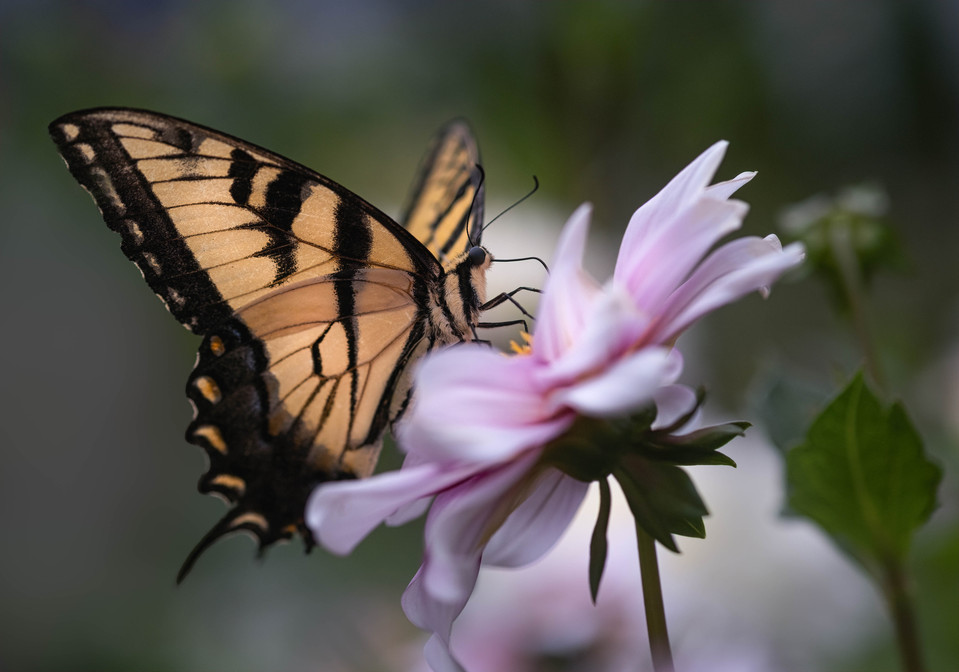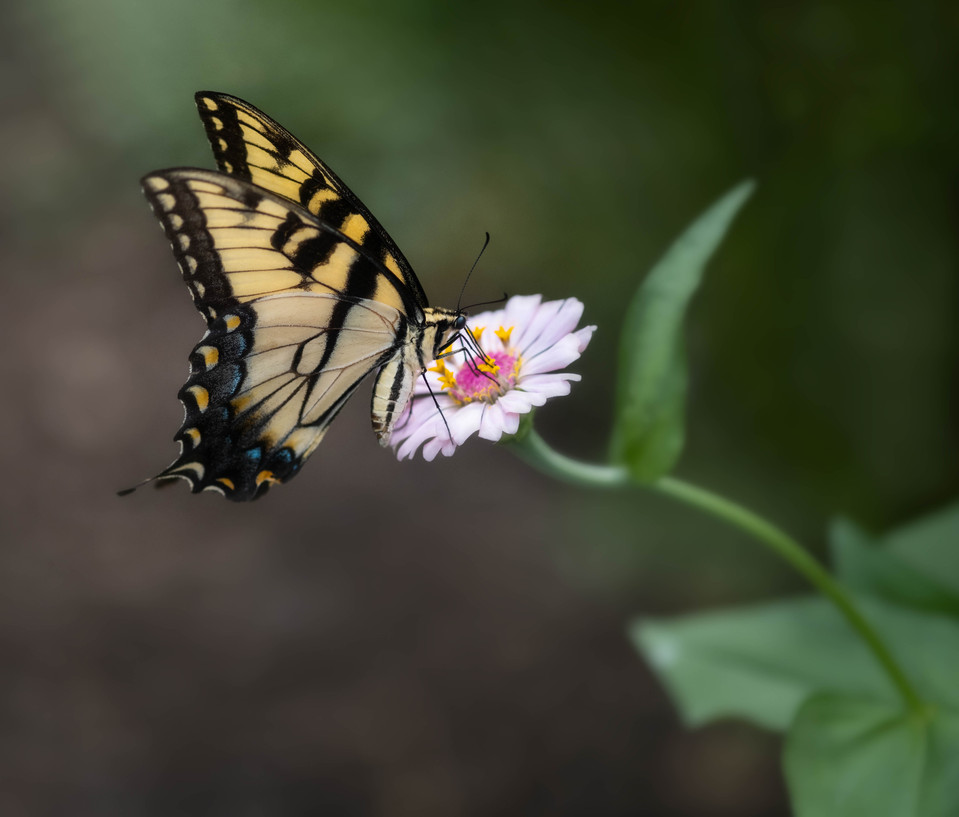Chasing bees and butterflies!
April 27, 2023Photographing bees or butterflies in the garden can be a rewarding experience! During summer there are great opportunities to capture these stunning insects while they enjoy summer flowers.
Here are some tips to help you get stunning photographs:
- Use the right equipment: A camera with a macro lens is ideal for photographing bees, as it lets you get close-up shots with incredible detail. Alternatively, you can use a telephoto lens or extension tubes with a regular lens to achieve a similar effect. I often use my 70-300 to stand away from the insects and get a close shot.
- Handheld shooting might be more practical for following bees in motion than using a tripod. Set your camera to burst mode if the insects are moving fast.
- Natural light works best for photographing bees, as it helps to bring out the colors and details in their bodies and wings. Shoot during the early morning or late afternoon when the light is softer and warmer. Use a reflector or fill flash to add light to the shaded areas if necessary.
- Set your camera to aperture priority or manual mode. Choose a fast shutter speed (1/500s or faster) to freeze the bee’s movement, and use a medium aperture (e.g., f/8) to balance depth of field and sharpness. If the light works and I can still get a fast shutter speed, I like to shoot at F4 to blur the background. Adjust the ISO as needed for proper exposure.
- Autofocus might struggle to lock onto small, fast-moving subjects like bees. Try using manual focus, or select a single autofocus point and keep it trained on the butterfly. Some cameras also offer continuous autofocus or tracking modes to help you focus on a moving subject.
- Patience and observation: Bees can be unpredictable, so spend some time observing their behavior and movements. Find patterns in their flight paths and favorite flowers, and position yourself accordingly. Be patient, and be prepared to take many shots to get the perfect one. Once I find insect activity, I check my exposure with a test shot and then wait for the insect to rest. If the bees move very fast and from flower to flower, there may be better times to capture them. Again early in the morning, they are often slower, or later in the day. Larger insects are often slower as they jump from one flower to another.
- Background and composition: Pay attention to the background when composing your shot. A simple or blurred background can help the bee stand out. You can achieve this by using a wide aperture or positioning yourself to have a greater distance between the bee and the background. A longer lens, like a 100-300, can help with the soft background. Experiment with different angles and perspectives to create a dynamic composition.
- Post-processing: This is the time to bring out any details. Programs like Topaz, Lightroom, and Luminar Neo can help you enhance the details of the insects. Check out my YouTube page for videos on enhancing the details in your images.
The more time you spend photographing insects, the better you’ll become at anticipating their movements and capturing stunning images. Take your time, enjoy watching them play and soak up the pollen while you determine the best shot. Be sure to have an empty SD card, as you will fill it up quickly!















